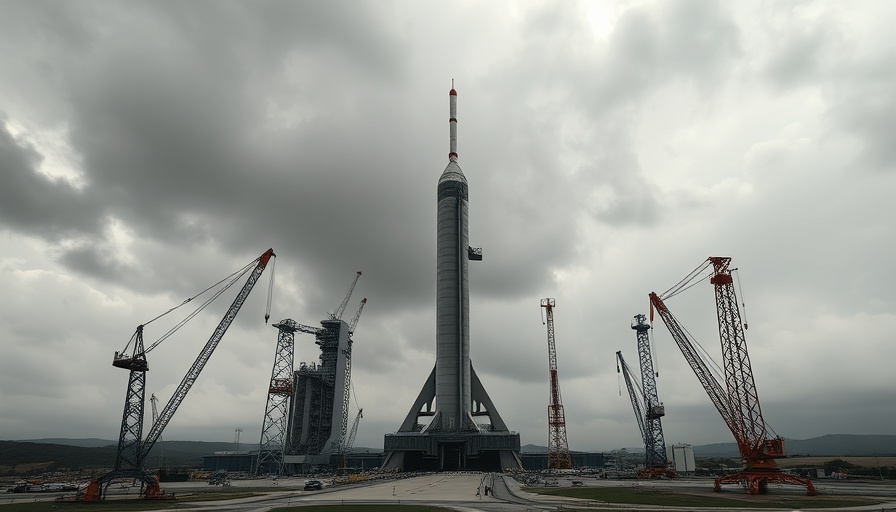
SpaceX Receives Green Light for Expanded Launches
In a major boost to its operations, SpaceX has been granted approval by the US Federal Aviation Administration (FAA) to increase the number of Starship rocket launches from its Boca Chica launchpad in Brownsville, Texas. Originally limited to five launches per year, this new approval allows for an ambitious schedule of up to 25 launches annually, signifying a significant ramp-up in the company’s efforts in space exploration and commercial spaceflight.
The Environmental Balancing Act
This expansion has come after a lengthy environmental review process by the FAA. The agency concluded that the proposed increase would not have a substantial negative impact on the environment, despite objections from various conservation groups. These organizations raised concerns that the enhanced launch frequency could endanger local wildlife, including endangered sea turtles and shorebirds. The FAA stated that any disturbances caused by launches and sonic booms would be minor and manageable, thus allowing the plan to proceed.
The Intersection of Politics and Space Exploration
Notably, the decision has sparked discussions around the intertwining of politics and private aerospace ventures. Elon Musk, the CEO of SpaceX, is not only known for his technological innovations but also for his political contributions. His substantial donations to political campaigns, particularly to former President Donald Trump's campaign, have raised questions about potential conflicts of interest. Some critics argue that his ties could lead to decisions that favor commercial interests over environmental considerations.
Broader Implications on National Security and Space Access
The FAA justified its decision by stating that SpaceX’s enhanced capabilities would support greater mission potential for the US government, particularly within NASA and defense sectors. The agency's findings suggest that increased launch capabilities could lead to lower costs for space transportation, which aligns with national interests in maintaining an edge in aerospace technology and exploration initiatives like the Artemis program.
Looking Into the Future: The SpaceX Vision
With the newly approved launch increase, SpaceX also highlighted its commitment to fulfilling long-term goals related to space access. For instance, the company aims to facilitate NASA's Human Landing System and other exploratory missions, paving the way for sustainable human presence on the Moon and beyond. The scheduled increases could significantly affect how the private sector participates in future space exploration and deeper space missions.
Community Response: Mixed Sentiments Among Locals
The local community around Boca Chica has been closely observing these developments, especially as the area continues to evolve into a focal point for space ventures. Recently, the region has officially branded itself as Starbase City, following an election involving local voters, most of whom are connected to SpaceX. While this affiliation presents considerable economic opportunities, it also raises questions about environmental stewardship and community impacts.
Conclusion: The Path Forward for SpaceX
As SpaceX embarks on this new chapter, the company’s operations at Boca Chica could redefine the landscape of aerospace travel. The drive for increased launches is not only a testament to Musk's ambitions but reflects a broader industry trend toward prioritizing high-frequency space missions. As stakeholders from diverse sectors examine the ramifications, ongoing discussions about environmental impacts, corporate influence, and the future of space travel will crucially shape public policy and industry standards.
 Add Row
Add Row  Add
Add 




Write A Comment